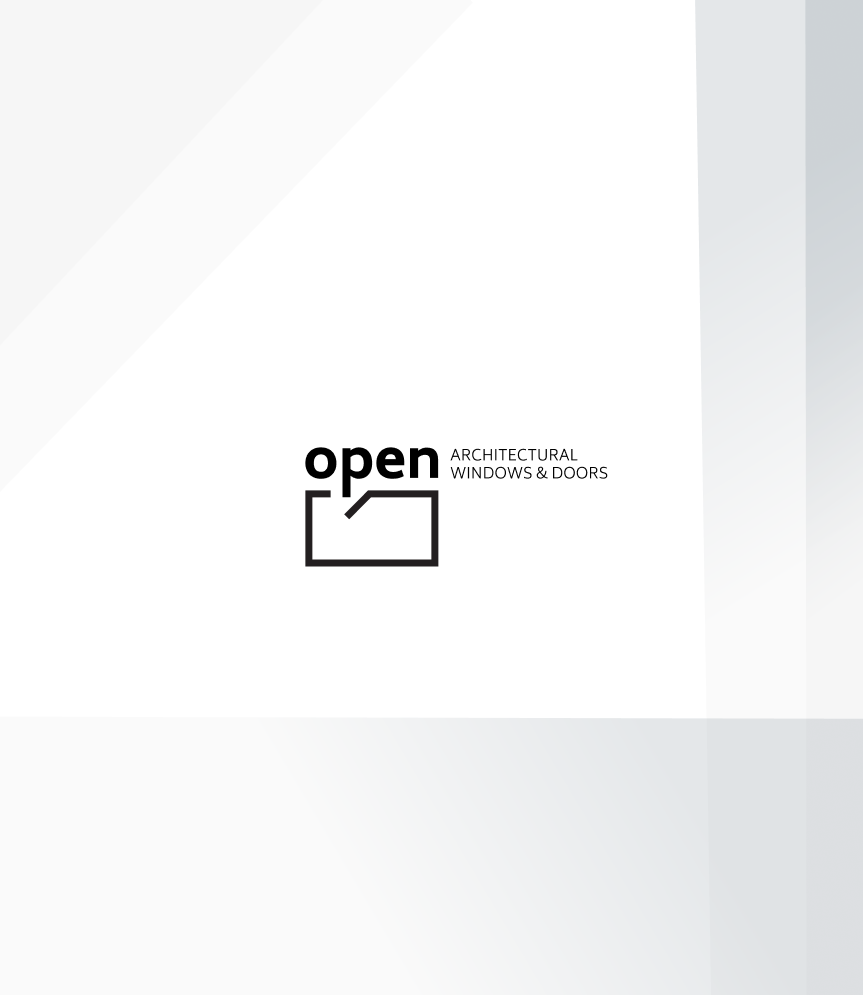Role
Product Designer
Methods
Research, Competitive Analysis, and Design System
Practices
UX Architecture, UX design, UI design, Wireframing, Prototyping, QA
Year
2020-2021
Namogoo is a Tel-Aviv-based startup that maximizes the potential of each online journey for every e-commerce brand.

The company was founded over five years ago. During those years a Marketing team completed work on the platform. The product design team was hired to replace the old platform with a completely new one with a new look and features.
During the next stage, we created a SaaS platform for the firm. As a Product Designer, I was given an opportunity to create complex parts of the platform: User management, Account Settings, Billing, etc.
Also, I was in charge of creating a new design system for the platform and mentoring the team to use it. I should create it from scratch. As a result, together with the team, we have created many new features and have built a new platform for the company.

The namogoo service was very successful, but customers mostly had signed in to the platform to renew the service rather than using the platform on a regular basis. A lot of crucial data was collected in the company during the years. Thus first of all, the goal was to show existing data and create a helpful platform that could give significant daily value to the customers.
The second goal was to give an opportunity to try our platform to new users who didn’t collect any data with us.
The third, the last but not least goal was to increase the number of renewing users and not to lose any clients.
In addition, the business grew fast, and the platform was no longer up to the standards of size and scale of the company. Some processes had to be guided solely by a customer success team, not only because it wasn’t as intuitive as we wanted it to be and also because it used to span across many screens and took a longer time for users to complete.
Implementation of all these goals needed new design decisions.
Old Design

The Process
We started by analyzing the data from the old platform and inner platform “Tablo”. We analyzed the users’ flows to understand the common paths people take through our platform. First of all, we outlined the main useful widgets and emphasized the unique information that we already had.
Secondly, we asked ourselves why users would want to log in to a platform? What can be appealing information for them?
At the same time, we had wide research and analyzed what the strong points of other platforms are.

New Design
First of all, we decided to design the widgets not for analytics, but for a wide spectrum of people, for people who come from the business side and are able to understand these tools.
We paid attention to the psychology of human behavior and understood that to increase the number of renewing users we should convince users from the first page of the platform that they, for sure, will lose money without our services.
Moreover, we secured the confidence of users in us by creating transparent computation of the revenue.

We researched the newest interactive features from different kinds of systems and implemented them on the new Overview page; some of them were our unique decisions.

We collected data into the groups and created new interesting widgets. After that, we collected the widgets to innovation pages that would be used on a regular basis.



